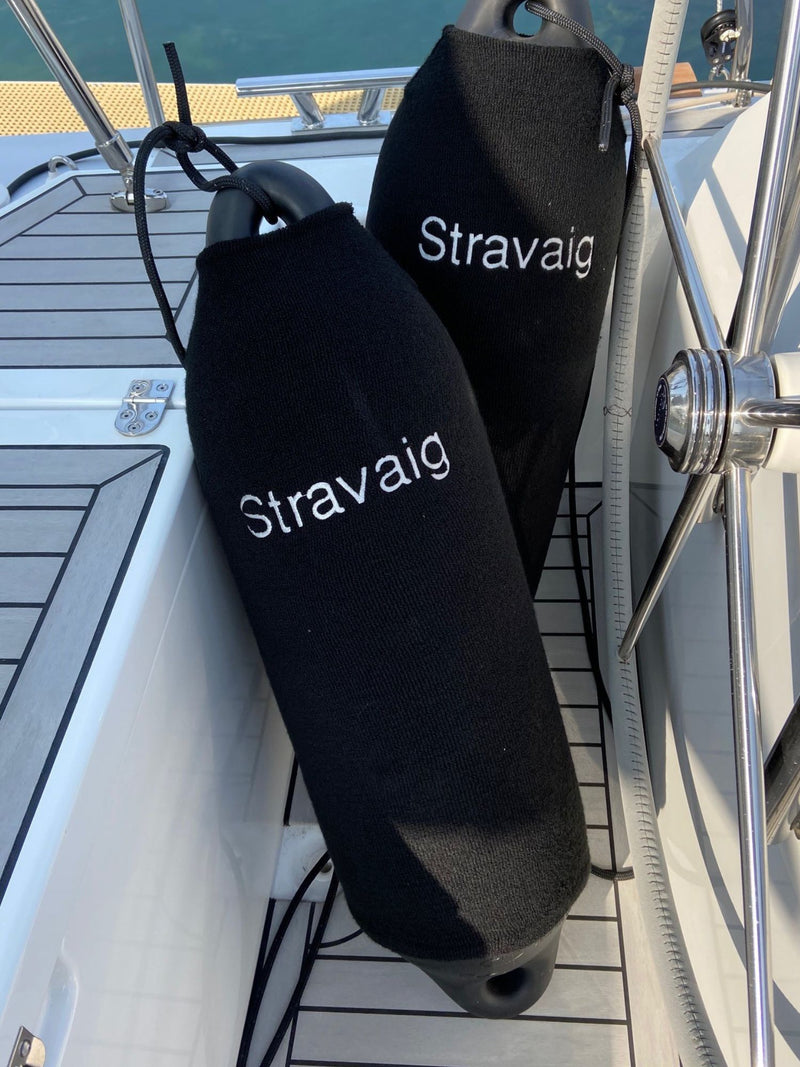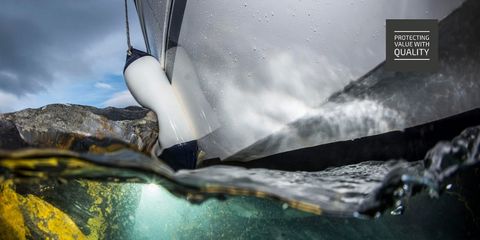
Boat fenders are your vessel’s first line of defence against damage during docking and mooring. To keep them functioning at their best, it’s essential to give your fenders the care and attention they deserve. With proper maintenance, you can extend the life of your fenders and ensure your boat remains well-protected.
In this guide, we'll walk you through some simple yet effective steps for maintaining your boat fenders, so they continue to provide the robust protection your boat needs.
1. Regular Cleaning
Cleaning your boat fenders regularly is the most basic yet crucial maintenance task. Over time, fenders can accumulate dirt, salt, algae, and grime, which can degrade the material if left unchecked.
Steps for Cleaning Your Fenders:
-
Rinse with Fresh Water: After every trip, especially if you've been in saltwater, rinse your fenders with fresh water to remove any salt residue. Salt can be particularly corrosive over time.
-
Use a Mild Soap: Apply a mild soap or a specialised marine cleaner to your fenders. Avoid harsh chemicals or abrasive cleaners, as they can damage the fender’s material.
-
Scrub Gently: Use a soft brush or sponge to gently scrub away dirt and stains. Focus on removing any algae or barnacle growth that may have attached to the fender.
-
Rinse Thoroughly: After scrubbing, rinse the fenders thoroughly with fresh water to remove any soap residue.
-
Dry Completely: Allow the fenders to dry completely before storing them. This helps prevent mold and mildew from forming.
2. Inspect for Damage
Regularly inspecting your fenders for signs of wear and tear is vital for ensuring they remain effective. Even high-quality fenders can suffer from damage due to constant exposure to the marine environment.
What to Look For:
-
Cracks and Punctures: Check the fender’s surface for any cracks, cuts, or punctures. Even small holes can compromise the fender's ability to protect your boat.
-
Discolouration: Look for any areas of discolouration, which may indicate UV damage or chemical exposure. While discolouration doesn’t always affect performance, it can be an early sign of material degradation.
-
Valve Integrity: Ensure the valve used for inflation is functioning properly. A faulty valve can lead to underinflation, reducing the fender's effectiveness.
3. Proper Inflation
Maintaining the correct inflation pressure in your fenders is essential. Overinflation can cause the fender to become rigid and less effective at absorbing impacts, while underinflation can lead to poor protection.
Inflation Tips:
-
Check Manufacturer Recommendations: Always refer to the Polyform Norway's guidelines for the correct inflation pressure as they provide specific PSI levels for each of their fender models.
-
Use a Pressure Gauge: Use a pressure gauge to ensure your fenders are inflated to the recommended level. This tool is especially useful for maintaining consistent pressure across all your fenders.
-
Avoid Overinflation: Be cautious not to overinflate the fenders, as this can strain the material and lead to premature wear or rupture.
4. Store Fenders Properly
When not in use, especially during the off-season, proper storage of your fenders is crucial to prolong their lifespan.
Storage Tips:
-
Clean Before Storing: Always clean your fenders before storing them to prevent any dirt or salt from causing damage during storage.
-
Avoid Direct Sunlight: Store your fenders in a cool, dry place away from direct sunlight. UV rays can degrade the material over time, even when the fenders aren’t in use.
-
Hanging Storage: If you hang your fenders for storage, make sure they are fully supported to avoid unnecessary stress on the material and the valve.
5. Repairing Minor Damage
If you find any minor damage during your inspection, it’s often possible to repair the fender rather than replace it. Polyform Norway fenders, are known for their durability, but if they do sustain minor damage, quick repairs can restore their protective capabilities.
Repair Tips:
-
Small Punctures: For small holes or punctures, use a marine-grade fender repair kit. These kits typically include patches and adhesive specifically designed for PVC and other fender materials.
-
Valve Replacement: If the valve is damaged, some fender models allow for valve replacement. Follow the Polyform Norway's instructions carefully to replace the valve without damaging the fender.
6. Monitor Fenders During Use
Finally, while your boat is docked or moored, keep an eye on your fenders to ensure they are performing as expected.
During Use:
-
Adjust Positioning: Ensure your fenders are positioned correctly to provide optimal protection. They should be hanging at the right height and properly secured.
-
Check Frequently: Periodically check your fenders throughout the day, especially in rough conditions, to ensure they haven’t shifted or become damaged.
Conclusion
Boat fenders are an investment in your boat’s safety and longevity, and with proper maintenance, they can provide years of reliable service. By regularly cleaning, inspecting, and caring for your fenders, you can ensure they continue to protect your boat from damage.
At Boat Fenders Direct, we offer a wide range of high-quality fenders and accessories to keep your boat safe and sound. Browse our selection today, and if you need any assistance with fender maintenance, don’t hesitate to reach out to our knowledgeable team.






